The path to profitability in professional services demands more than just attracting clients or scaling up operations. The billable percentage is A fundamental factor influencing profitability and overall business success. It’s about balancing revenue-generating tasks and employee well-being to foster sustainable growth and operational efficiency.
Key Points:
- For success, professional services firms require superior service quality, efficient operations, and employee wellness.
- Billable percentage, or utilization rate, measures the proportion of billable hours out of total working hours.
- Setting competitive and profitable billable rates is crucial for a high billable percentage.
- Maximizing billable hours involves effective scheduling, prioritizing revenue-generating tasks, minimizing non-billable time, and ongoing training for team efficiency.
- Balancing high billable hours with employee well-being prevents burnout and ensures sustainable productivity.
- Utilization rates are essential in professional services management.
- The billable percentage is essential, but other metrics like client satisfaction, project profitability, and revenue per employee provide a holistic view of business performance.
- Effective management of billable percentages requires tools like time tracking, project management, and Professional Services Automation (PSA).
- A case study of a successful IT consulting firm showcases high billable percentage, employee wellness, profitability, and satisfaction.
Decoding Professional Services
Professional services firms offer specialized expertise across various sectors, from law and management consulting to IT services and healthcare. Their mission is to deliver tailored solutions to client-specific challenges. Success in this industry requires superior service quality, efficient operations, and an unyielding commitment to employee wellness.
Billable Percentage: A Crucial Metric
The billable percentage, also known as the utilization rate, is the proportion of billable total working hours to clients. It’s a measure of time spent on client-related, revenue-generating tasks. A higher billable percentage usually leads to increased profits if services are appropriately priced.
Setting the Right Billable Rates
Setting the correct billable rates is the first step toward achieving a high billable percentage. Your rates should be competitive to attract clients and tall enough to cover costs and deliver profits. The process involves:
- Identifying your costs.
- Deciding on a desired profit margin.
- Researching prevailing market rates.
- Calculating your optimum pace.
Strategies for Maximizing Billable Hours
Once you’ve set your rates, maximizing billable hours is next. This objective can be achieved through effective scheduling, prioritizing revenue-generating tasks, minimizing non-billable time, and implementing ongoing training to enhance team efficiency and service quality.
Balancing Billable Hours with Employee Wellness
While striving for a high billable percentage, it’s paramount to consider the well-being of your employees. A relentless focus on billable hours can potentially lead to burnout, resulting in decreased productivity and higher turnover rates. Non-billable time isn’t wasted; it can be spent on activities that indirectly contribute to your organization’s success, such as professional development, creative brainstorming, and wellness activities. Many experts recommend a 70/30 split between billable and non-billable time to balance profitability and employee well-being.
The Significance of Utilization Rates
Utilization rates, indicating the proportion of an employee’s total billable work hours, are crucial in professional services management. Higher utilization rates can lead to more efficient operations and increased profitability, provided they don’t result in employee burnout. Maintaining a healthy balance between work and rest periods is essential to ensure sustainable productivity and high-quality service delivery.
Service Metrics: A Comprehensive View
While the billable percentage is undeniably a crucial metric, it doesn’t provide a complete view of your business’s performance. Other key service metrics include client satisfaction scores, project profitability, and revenue per employee. Examining these metrics effectively offers a more holistic understanding of your business performance and profitability.
Harnessing the Right Tools
Managing your billable percentage effectively often requires the right tools. Time tracking and project management tools can simplify scheduling, promote efficient usage, and offer valuable insights into your billable percentage. Moreover, Professional Services Automation (PSA) tools provide an integrated solution for managing your billable percentage, combining project management, time tracking, billing, and reporting.
Case Study: Striking the Balance
Consider a mid-sized IT consulting firm that has successfully maintained a high billable percentage while prioritizing employee wellness. They have a robust system for tracking billable hours, regularly review and adjust their billable rates, invest in training and tools to enhance team efficiency, and ensure employees have enough non-billable time for professional development and relaxation. As a result, they’ve seen significant profitability improvements and high employee satisfaction.
Conclusion
In conclusion, managing billable percentage effectively is critical to profitability in professional services. This involves setting the proper rates, maximizing billable hours, leveraging the right tools, and ensuring employee wellness. By adopting this comprehensive approach, professional services firms can enhance operational efficiency, deliver superior client value, and drive sustainable business success.






